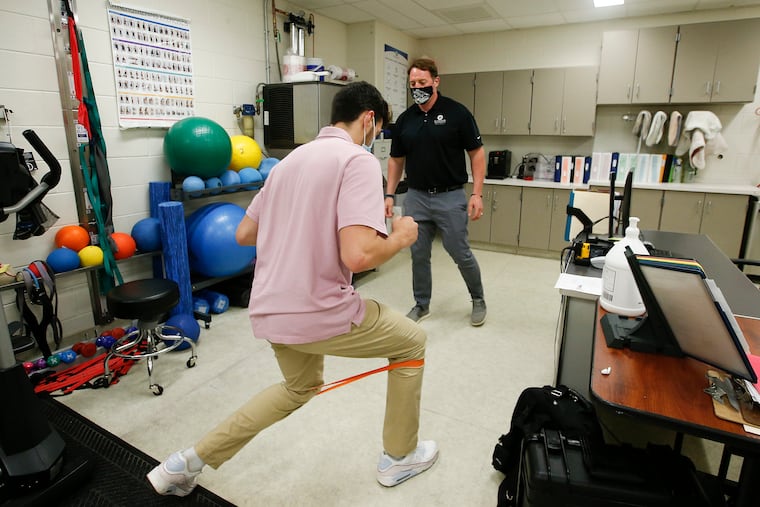After a year of pandemic lockdowns, high school athletes are getting injured, doctors say. Here’s how to safely return to play.
Over the last year students spent more time indoors for online education. That left them in weaker physical shape than they were used to, raising the risk of injuries, cardiac and pulmonary issues.
